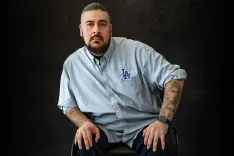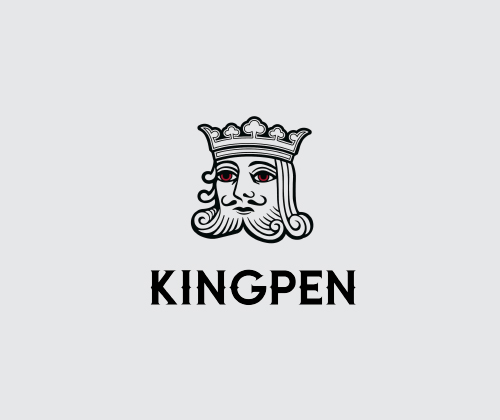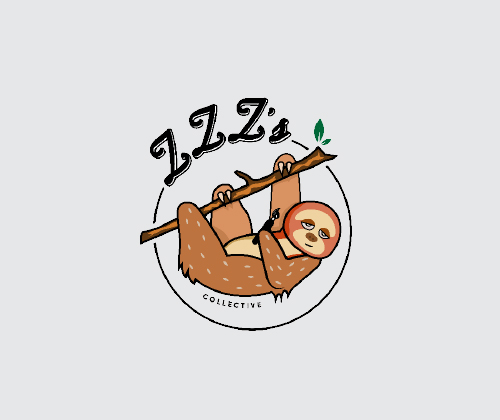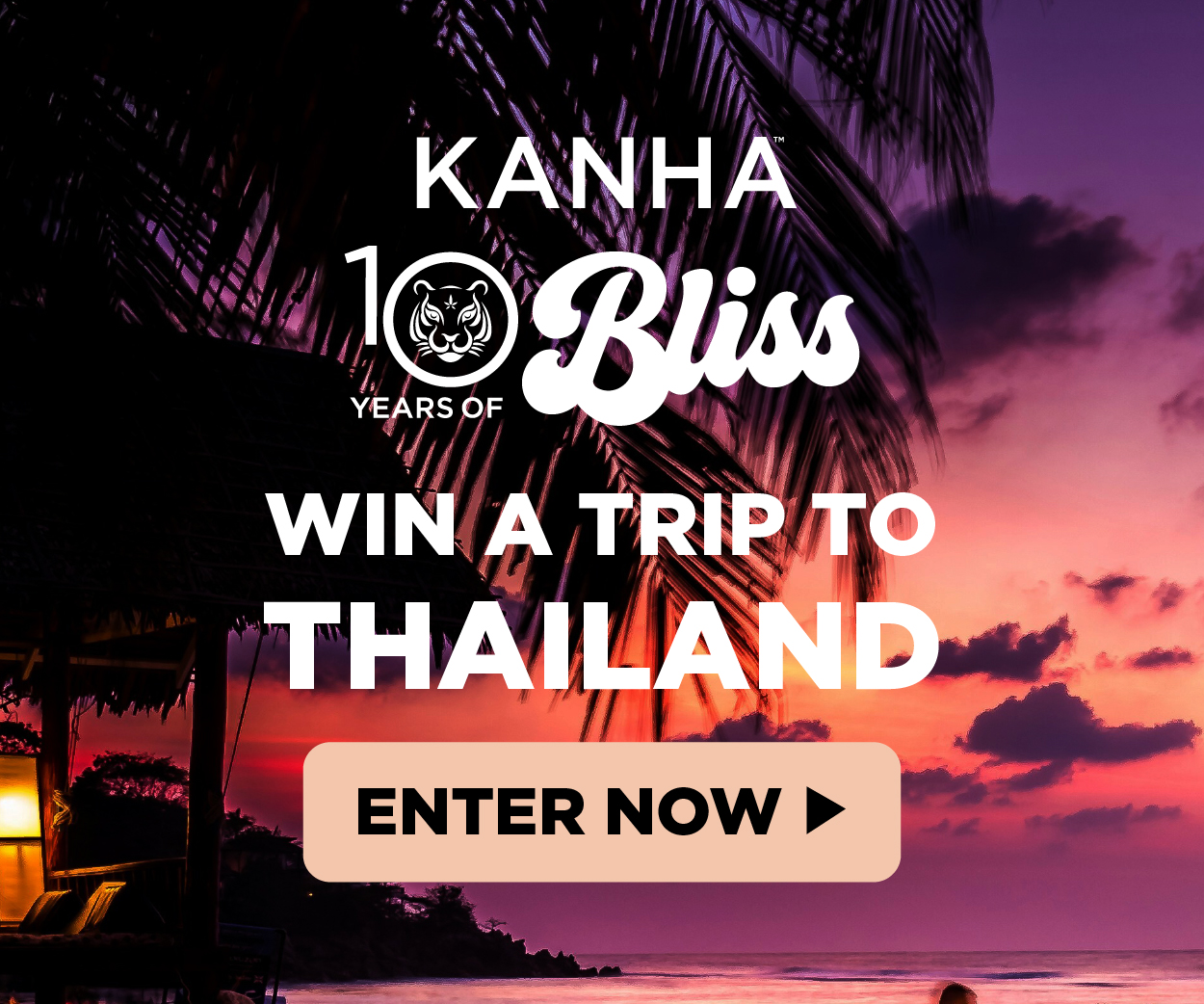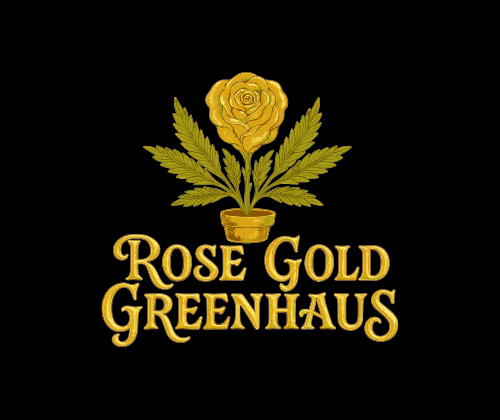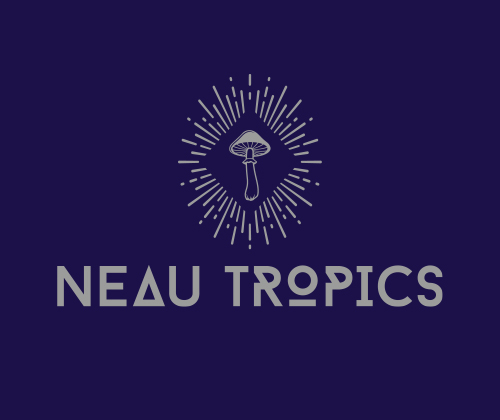Kava Awakening
Written By: TIMOTHY CURRY

It’s Friday night and there is a line around the block waiting to get inside Kavahana. The space looks like a cross between a hip coffee shop and boutique dispensary. The nation’s first kava-nectar bar is attempting to redefine the social drinking experience. I ask a twenty-something couple how long they have been waiting. “About 45 minutes,” they answer. “We don’t drink alcohol but like going to bars and socializing, so we’re giving kava a chance.”
Located in the heart of Santa Monica, word has spread about the bar that serves colorful “mood-boosting kava nectar drinks.” Co-founder Hannah Wilen has been drinking kava for many years. “I started it to combat anxiety,” she said. A few years ago, Wilen and partner Neil Bhatia began serving kava drinks at underground raves. The positive feedback led them to open a brick-and-mortar business.
They didn’t want it to be a bar or a coffee shop; they wanted it to be a kava nectar bar—providing a buzzy non-alcoholic experience. Wilen prioritizes fostering a welcoming environment. She built Kavahana to be more than just a place to get a drink. “Conscious connection, I think, is the big thing,” Wilen said. “Smiles and joy are really what we’re all about. So, if we can bring that without alcohol, and we can have people come in as strangers and leave as friends, we’ve done our job.”
Sitting at the bar, I ask the woman next to me why she is here. She came to relax after planning her sister’s wedding for months. “The mental effects of kava are more grounded than alcohol,” she says. “I’ve met a lot of cool people here… Everybody’s very friendly. I think the kava helps with that, too.”
Kava originates from eight different South Pacific Islands: Hawaii, Tonga, Vanuatu, Fiji, Samoa, Papua New Guinea, Micronesia, and French Polynesia. The tea-like beverage has been used for over 3000 years and comes from the pepper plant (Piper methysticum). Its roots are dried and ground into a powder and steeped in water to be drunk for its calming and mentally relaxing effects—similar to alcohol in results, but without the side effects. They come in two different categories: heady kavas, which make us feel clear, calm, and social, and heavy kavas, which make us feel tired and our bodies heavy. This menu has both.

I try the Mango Lassi Nectar, a heady kava. I’m feeling clear and talkative. An earthy, bitter swirl of nectar, it’s both tart and sweet. Mixed with Indian mango and plant-based coconut yogurt, it’s refreshing and immediately takes the edge off. The kava-tender recommends a triple shot with my next selection: the Mexican Chocolate Nectar. Feeling like I’m drinking a milkshake—the mix of cocoa, oat milk, cinnamon, and cayenne is delicious—I’m loosened up and ready to mingle. I head out to the dog-friendly patio.
I sit down next to a few locals. They come here almost every weekend. “In a world that seems very chaotic and unpredictable, Kavahana provides a place to slow down, recharge, and reconnect with friends,” they tell me. With kava nectar at the center of the experience, visitors can indulge in a pure, fresh kava experience that promotes relaxation without the foggy feeling of alcohol.
I notice they are discreetly vaping. “The cannabis adds to the relaxation and socializing—especially sativas,” they tell me. I take a puff. We chat for hours, puffing, sipping, and happily petting the dogs.
Kava originated as a ceremonial beverage. In Fiji, the sevusevu ceremony is a formal ritual that involves the presentation of kava to chiefs or elders. It’s a way of seeking permission to enter a village or participate in community activities. The kava is presented with an expression of respect and the chief’s acceptance signifies approval. This ceremony is an example of how kava is used to establish relationships and show deference.
In Samoa, the ’ava ceremony is a prominent cultural practice. The ceremony involves the preparation of kava by pounding the root and mixing it with water. It’s then served in coconut shells and presented to chiefs and high-ranking individuals as a mark of respect. The ceremony is accompanied by speeches and rituals that reflect Samoan social structures and values.

Aside from kava’s spiritual significance, it also plays a crucial role in diplomatic interactions. Chiefs and leaders from different communities gather for kava ceremonies to discuss matters of mutual interest. The ceremonial nature of the gathering sets the tone for respectful dialogue, allowing participants to share their perspectives and concerns. During conflicts, the chiefs and leaders come together to mediate disputes and find resolutions. The act of sharing kava symbolizes a commitment to resolving conflicts peacefully and maintaining harmonious relationships.
Today, we need this more than ever.
It’s close to closing time and we decide to grab a bite. I opt for the Sweet Cream & Coconut Bread Pudding. Gooey, creamy, and sweet, it hits the spot. I wash it down with the Lava Salted Caramel Latte—a tasty concoction of matcha, house caramel, syrup, oat milk, and Hawaiian black lava salt. I’m not exactly high but I feel grounded, positive, and satiated.
On my way out I see some flyers for in-house events: Monday is trivia night, Tuesday is open mic night, and Sunday is poetry night. “Open Mic Night is quite the experience,” the kava-tender says to me. “You will LYAO.”
306 Pico Blvd, Santa Monica, CA 90405 Kavahana.com
Note: Kava remains available in the United States. But the Food and Drug Administration (FDA) issued a consumer advisory in March 2002 regarding “rare” but potential risk of liver failure associated with kava-containing products.
Kava & Cannabis
The missing piece?
The combination of kava and THC offers a unique experience, harmonizing to bring tranquility and calm to your mind and body. Studies published in both Clinical Psychology and The Journal of Clinical Psychopharmacology have reported on the respective use of marijuana and kava in helping treat anxiety.
Hometown Hero Kava + THC Chocolate Bar
A velvety, decadent and sublime blend of nature's most relaxing ingredients, it is crafted with 160mg of Delta-9 THC and 400mg kava. The bar is divided into eight easy-to-consume squares, ensuring a consistent dose with every piece. Effects: Anti-anxiety, help with sleep. HometownHero.com

Stay Cool Pineapple Wave Drink
This delicious juice-based drink contains 25mg of Delta-9 THC derived from hemp and premium kava. Grown in Fiji, this particular kava plant complements the Delta-9 to deliver a true wellness beverage for the mind and body. Effects: Relaxing, mildly euphoric. DrinkStayCool.com

Kava Oasis Kiwi Gummies
Step into tranquility with these gummies bursting with the delightful tangy taste of kiwi. 50mg of kava root harmonize with 20mg Ashwagandha to help reduce stress and promote mental clarity, while a subtle 5mg touch of THC enhances your overall sense of well-being. Effects: Peaceful, soothing, nurturing. ChaskaCBD.com











